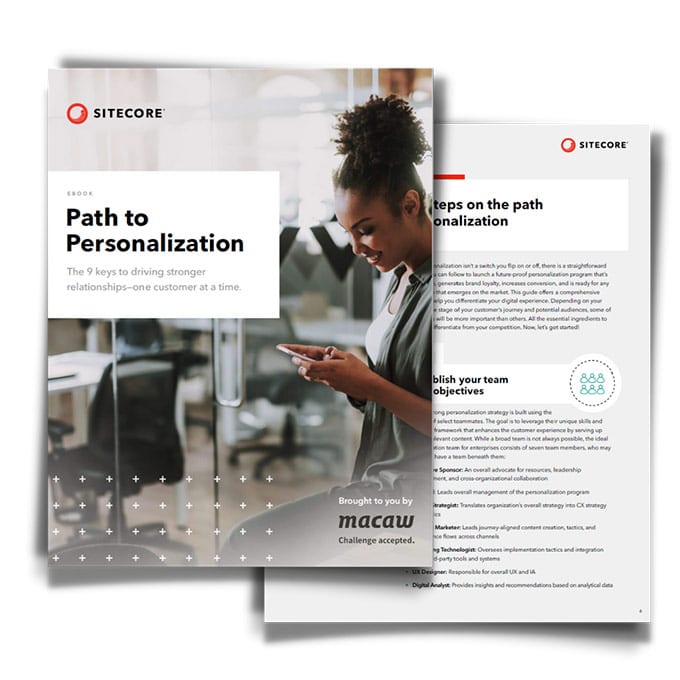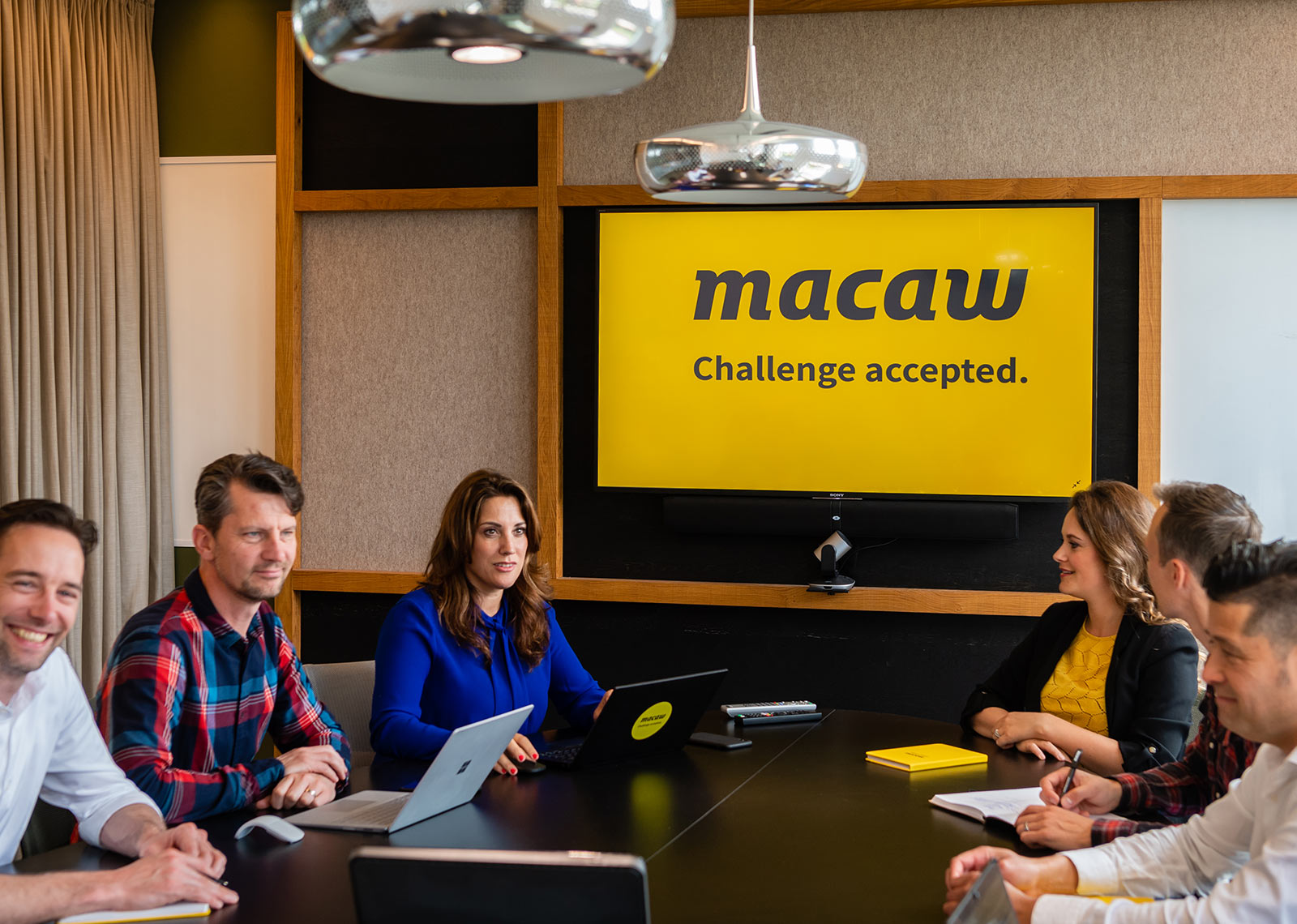Brand loyalty is a thing of the past. Everything revolves around the customer experience and customer expectations. Customers used to be guided by factors like fair prices and good customer service, but nowadays a number of other expectations have been added. These include personalized interactions, a consistent experience across different channels and proactive service. B2B businesses need to respond to these changes with a strategically designed customer journey. This blog explains how you can complete this process in just five steps.
Why personalization has become more important
The fact that the traditionally close bond between customer and brand has grown weaker and given way to customer expectations is due to a number of factors:
- Very few products have genuinely unique features nowadays: from the consumer’s point of view, there is an equivalent alternative for almost everything. In addition, the product choice is enormous.
- Technologies such as artificial intelligence (AI) can provide a personalized and valuable experience, raising expectations to a higher level. Customers increasingly expect an excellent experience from every business they interact with.
- The increase in online retail has eroded the link between customer and brand. Modern retail is replacing that bond by the personalization of the customer experience (CX). Most customers now attach more value to this more than to the actual product. Research conducted by Salesforce among more than 15,000 consumers and commercial buyers has shown that 80% find the experience a business offers just as important as its products or services.
No less than 84% of commercial buyers are more likely to make a purchase if the offer is personalized.
Small and medium-sized enterprises in particular are still shying away from the step to personalization –mainly because they dread the complexity of the task and the associated costs. In fact, the opposite is true: the complexity is manageable and the benefits outweigh the costs. No less than 84% of commercial buyers are more likely to make a purchase if the offer is personalized.
How to personalize in five steps
When implementing a personalization process, it’s important to take a strategic approach. The following five steps will help.
- Assemble a team and identify the target group
A strategic task requires a multidisciplinary CX team for successful implementation. The team must include various roles and skills such as strategist, content marketeer, designer and analyst, but an ambassador is also needed to promote the project to management and act as a revolving door to other parts of the business.
The team’s first tasks include defining ‘performance indicators’ and classifying the target groups. It’s important not just to use demographic data such as age, location and preferences, but also to perform segmentation at a deeper level with the help of modern CX platforms such as Sitecore’s Experience Platform. This could be based, for example, on search behavior, purchase data and contact history. Moreover, both internal and external data should be used, and these data should be combined. - Map out the customer journey
On the basis of the buyer personas, the CX team can map out the customer journey. The combination of persona and customer journey determines the points at which personalized content needs to be delivered. The identification of each important channel makes it clear where there is an overlap with other channels so that smooth transitions can be achieved for customers. - Share information among departments
Customers expect consistent interactions across departments, but just over half (54%) of the Salesforce survey respondents said that the sales, service and marketing departments don’t appear to share information with each other. Nearly three-quarters (74%) said they use multiple channels to initiate and complete a transaction. It’s therefore essential to exchange the relevant information among departments. - Create and distribute relevant and personalized content
By identifying the characteristics of different profiles, such as interests, special needs and technical knowledge, businesses can provide the content that the customer is looking for. This includes blogs, instruction videos and white papers, but also comparisons, reviews, selection tools and advisory conversations or chats. On this basis, the CX team can create content for the customer journey. Continuous data analysis make it easy to adjust the content and stay relevant. - Omnichannel
Personalizing the website is only the first step. Customers are active on numerous channels: as well as their desktop or notebook, they may also use smartphones, tablets, network speakers and/or smart watches. Strategic planning must include all these contact points and ensure excellent usability on each device.
Research by McKinsey shows that B2B decision-makers regard omnichannel not as a trend, but as an important fixture for B2B sales worldwide.
The future of personalization
Personalizing the customer journey helps businesses meet customer needs, but it also opens up the prospect of new elements and tools for that journey. ‘There are already voice-controlled offers and intelligent shopping bots. ‘These possibilities are bound to increase,’ says Jeroen Happel, senior consultant at Macaw. ‘Artificial intelligence will keep getting better at detecting moods and communicating with customers in human language. No customer-centric business can afford to overlook personalization – especially if it intends to be successful in the future.’








